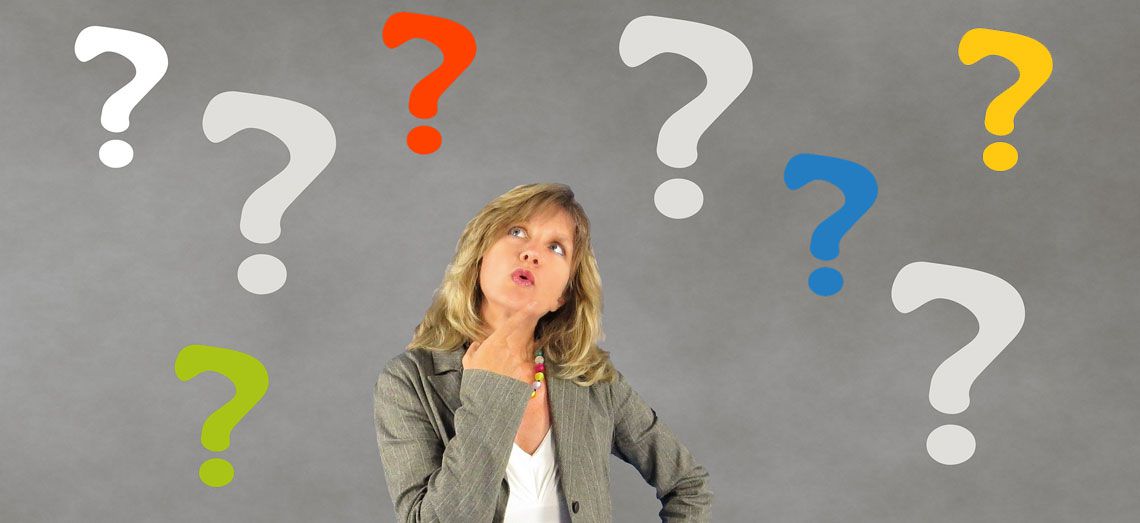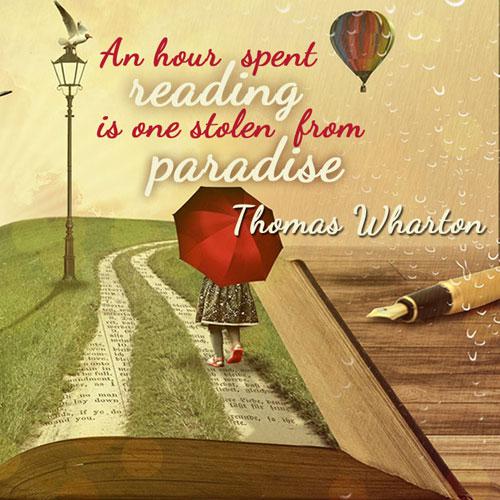When parents first begin to become concerned regarding their child's communication development, they may be confused regarding the different terms used: speech, language, communication. They are so intricately related that at times it may seem difficult to pick them apart. The following are the simplest explanation for these terms.
Communication is an exchange of ideas, wants and in the case of babies, mostly needs. The way we humans communicate is through language.
Language is the system consisting of a code which we use to communicate. This system is very complex. It includes:
Vocabulary: words and their meaning
Morphology: the structure of words, changing them to modify their meaning (book/books, go, gone, went, going)
Syntax: the rules that indicate the order and right combination of words to form sentences
Each language (Spanish, English, ASL) has different sets of rules.
Language can be expressed in a variety of modes such as: written form, signs (e.g., American Sign Language) and speech.
Speech refers to oral communication. It involves the correct production and sequencing of speech sounds. The fluency with which a person can produce words and sentences and the quality of voice.
Communication Disorders
- Language
- Receptive: Understanding and processing language
- Expressive: expressing wants, needs, and thoughts, forming sentences
- Pragmatics: social use of language
- Articulation (Speech)
- Sound Production
- Oral Motor /feeding
- Fluency (Stuttering)
- Voice

